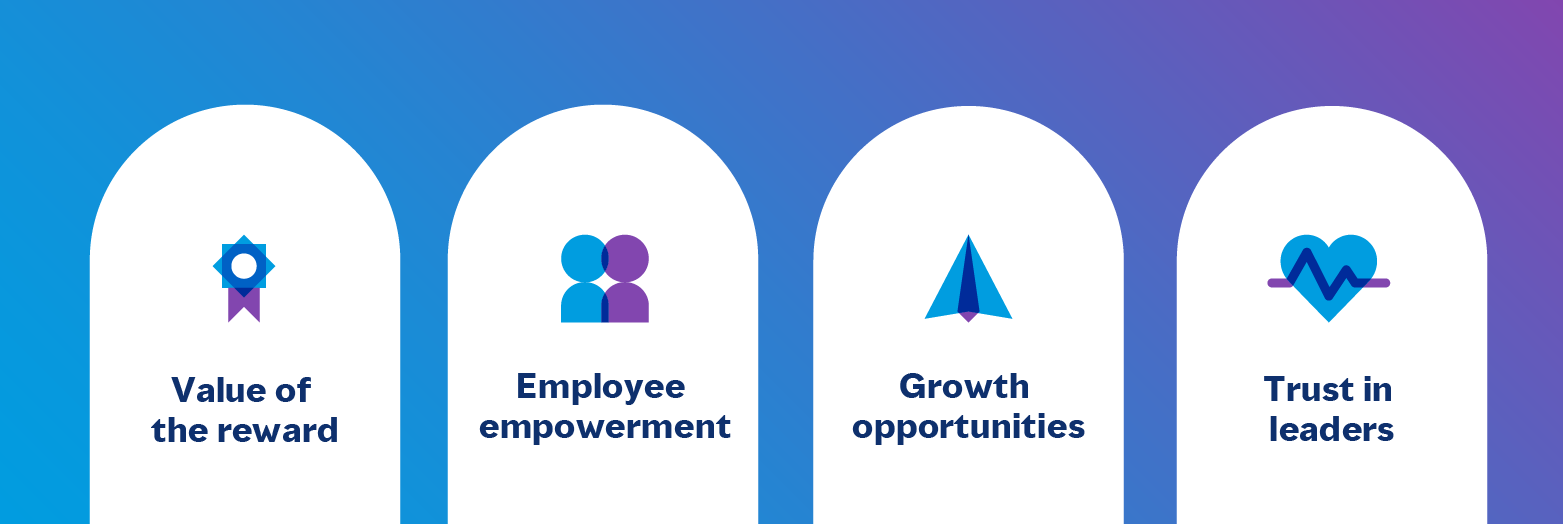
Assessments
Psychometric assessments are a great way to measure motivation among employees. Mercer | Mettl’s Motivation Inventory (MMI) provides a comprehensive understanding of what drives workers and motivates them to perform their jobs effectively. It helps assess intrinsic and extrinsic motivators. Furthermore, MMI can be utilized for learning and development (L&D) and improving retention rates, directly correlated with a motivated workforce.
Surveys
Regular surveys act as a valuable tool for measuring employee motivation. The surveys help gather employee feedback, giving insights into their engagement and motivation. It also provides an overview of employees’ overall satisfaction with their job. Surveys can be a questionnaire or one-on-one meetings. An easy and simple way to measure employee motivation at the workplace is using Mercer | Mettl’s 360-Degree Feedback Tool, which automates the feedback process and provides a 360 view of an employee’s performance and motivation.
Performance evaluation
Alone or as a part of the employee survey, performance evaluation is a helpful tool for measuring employee motivation. Managers can spot demotivated workers by keeping a tab on work turned in. The less motivated employees are, the more likely they will be negligent. Similarly, the opposite is true, as committed employees will be diligent. Organizations can spot demotivated employees by conducting regular job evaluations and trying to solve the crisis together.









 Behavioral Competencies
Behavioral Competencies Cognitive Competencies
Cognitive Competencies Coding Competencies
Coding Competencies Domain Competencies
Domain Competencies


































Would you like to comment?